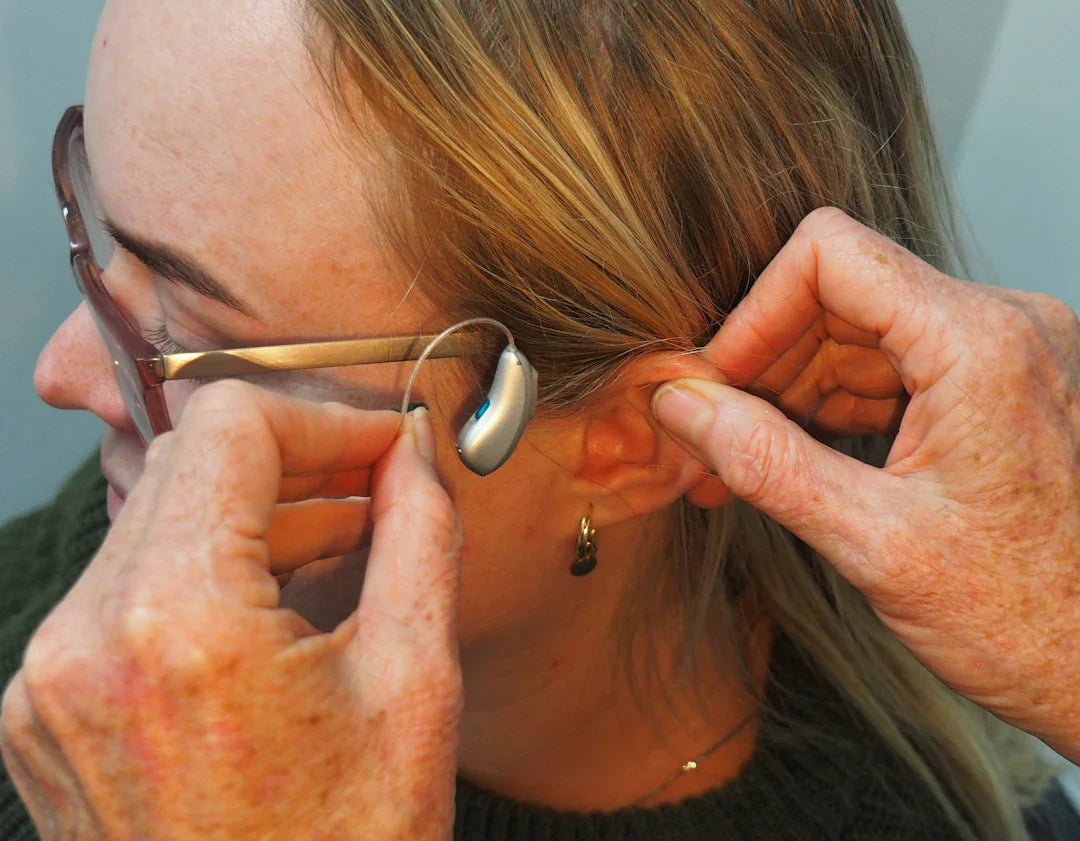In today's world, it’s essential to create a living space that accommodates everyone's needs, especially for those experiencing hearing loss. As the demand for advanced hearing technology rises, integrating these devices into everyday life can enhance the quality of communication and overall well-being. Here, we’ll explore practical strategies and innovative ideas that can make your home more hearing aid friendly, ensuring comfort and connection for you and your loved ones.
Understanding the Basics of Hearing Aid Compatibility
Before diving into how to modify your home, it's vital to understand the function of hearing aids and the common challenges faced by users. Hearing aids are designed to amplify sound, making conversations clearer and more accessible. However, their effectiveness can be significantly impacted by the environment.
The Acoustic Environment
The acoustic environment in which a person lives plays a crucial role in how well they can utilise their hearing aids. Hard surfaces like tiles and wooden floors can create echoes, making it difficult to discern speech. Let's look at ways to improve the acoustics in your home.
Soundproofing Strategies
Soundproofing your home doesn’t only benefit your hearing-impaired loved ones; it also creates a serene environment for everyone. Here are some strategies to consider:
- Use Soft Furnishings: Incorporate rugs, curtains, and upholstered furniture. These items absorb sound, reducing echoes and background noise.
- Seal Windows and Doors: Gaps around windows and doors can let unwanted noise seep in. Sealing these gaps enhances your room's acoustics.
- Add Acoustic Panels: These panels can be strategically placed in living areas to help absorb sound and prevent reverberation.
Optimising Your Living Spaces
Once you’ve addressed soundproofing, consider how you can further optimise your living areas for those using hearing aids.
Open Layouts for Better Sound Flow
Open layouts can facilitate better communication by minimising barriers that might hinder sound travel. This means fewer walls to obstruct conversations and better accessibility. If your home allows, think about removing unnecessary partitions or creating more open communal spaces.
Designing a Conversation-Friendly Space
Consider the setting of your seating arrangements. Design your living space with the following tips:
- Arrange Seating in a Circle: This configuration enables everyone to hear and see each other better.
- Avoid Overhead Lighting: Bright lights can create glare that makes it hard for those with hearing aids to read lips, so think about soft lighting alternatives.
- Limit Background Noise: TVs, radios, and appliances can create ambient noise that distracts. Create ‘quiet zones’ in the house that promote more relaxed interactions.
Implementing Technology Solutions
In the age of advanced hearing technology, combining smart home solutions with hearing aids can result in a seamless auditory experience. Here are a few ideas:
Use Smart Home Devices
Smart devices can help create a harmonious environment. Consider:
- Smart Doorbells: These can be connected to hearing aids, alerting users with sound or vibrational alerts when someone is at the door.
- Voice-Controlled Assistants: These devices can assist in controlling the home environment, like lights and music, creating a more personalised experience based on individual preferences.
Sound Enhancement Technology
With advancements in advanced hearing technology, many devices now offer solutions tailored to specific needs:
- FM Systems: These systems work well in large spaces, amplifying sound from a microphone directly into the hearing aid.
- Hearing Loops: A hearing loop can be installed in your home, allowing individuals with hearing aids to connect directly to sound sources.
Cues and Signals: Enhancing Non-Verbal Communication
Sometimes speech isn’t the best way to communicate. Enhancing non-verbal communication tools is essential for maintaining interactions.
Visual Cues
Incorporate visual cues around the house. For instance:
- Lights for Alerts: Install LED lights that flash to signal alerts for doorbells, phones, or alarms.
- Captioning Options: Invest in devices or TVs that can display captions, allowing those with hearing loss to engage fully with media.
Establishing a Signal System
Developing a signal system with your loved ones can facilitate easier communication. It could be as simple as hand signals to indicate when they need attention or a visual timer to show when they can expect to be engaged further.
Caring for Hearing Aids: Home Maintenance Tips
To ensure that hearing aids function optimally, regular maintenance is crucial. Here are some tips to help you take care of hearing aids at home:
- Daily Cleaning: Wipe down hearing aids with a soft, dry cloth each day to prevent earwax build-up.
- Store Safely: When not in use, store them in a dry place away from humidity and extremes of temperature.
- Check Batteries: Regularly monitor battery levels and replace them as necessary to avoid interruptions.
The Importance of Community Awareness
Enhancing your home environment for hearing aid users does not stop at individual efforts. Engaging with your community can foster understanding and support for those experiencing hearing loss. Here’s how:
Hosting Awareness Events
Consider organising events that educate people about hearing loss and advanced hearing technology. These could be fun, interactive sessions that promote understanding and inclusion.
Encouraging Inclusiveness
Invite friends and family into the conversation about making spaces welcoming. By sharing insights about your home modifications, you can help others in think creatively about how to accommodate those with hearing aids.
Final Touches: Creating a Seamless Experience
By integrating these elements, you're on your way to creating a comfortable and welcoming space for those with hearing loss. A home that prioritises sound management, effective communication, and empathy towards advanced hearing technology can significantly uplift the quality of life for users.
Creating a hearing aid friendly home doesn't just elevate communication; it fosters connections. When environments are tailored to meet the needs of our loved ones, we embrace their unique experiences, enhancing engagement and ensuring that no conversation is ever left unheard. So, roll up your sleeves, implement these ideas, and watch as your home transforms into a haven of harmony and understanding!




